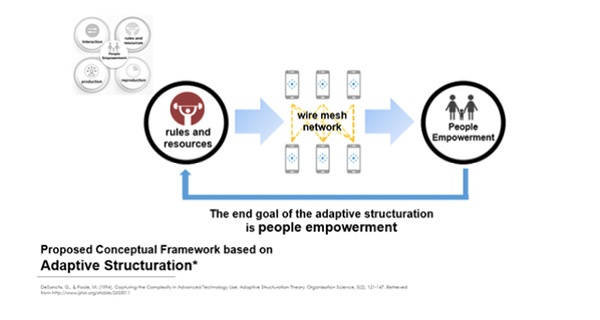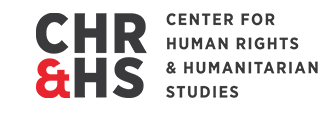Effectiveness of Wireless Mesh Network as an Alternative Form of Communication in the Community During Disaster

Disasters in Asia-Pacific regularly lean towards cascading impacts, affecting multiple countries in the region. This includes Philippines and Indonesia which directly lies in the path of typhoons, and equally, these countries are vulnerable to seismic motion. People living and working within families may be trapped inside as buildings collapse and electricity fails. Without the telecommunication lines, communicating for relief and rescue will be difficult. A reliable communications system during a natural disaster can be the difference between life and death for those affected. Hence, to fill in the gaps, this study will use the adaptive structuration model to integrate Autonomous Wireless technology as one of the solutions in an emergency communication of communities in the Philippines and Indonesia.
This study aims to test in particular, mobile wireless mesh networks or peer to peer communications that will be integrated in a disaster scenario setting. Utilizing quantitative and qualitative design specifically, exploratory and quasi-experimental method thru pilot testing of wire mesh (Firechat, etc.) in selected areas in the Philippines. The results of the study will allow community members to easily communicate with each other in preparing and responding to disaster that can empower them, using wireless mesh network communication as a form of resiliency.
This study is framed on the theory of adaptive structuration as basis of an innovative emergency communication strategy of many organizations around the world. The Adaptive Structuration theory (DeSanctis & Poole, 1994) has four (4) main parts to establish an effective risk communication: (1) Interaction refers to ways on how people in a community communicate based on their personal capacities. Community members interact through which they can establish the community (2) Rules and Resources. This pertains to the ‘unwritten’ rules of communication (e.g. medium of communication, speed of message delivery, hierarchy of delivering messages). As the community interacts and with the use of their established rules and resources, community members use existing community resources called (3) Production, while (4) Reproduction takes place through the establishment of new rules through new community resources.
The study will focus on the establishment of rules and resources in the event of a natural hazard. With this conceptual framework, the study aims to establish a community-based rules on emergency communication, and at the same time consider the basic community resources. This is to effectively operate an emergency communication in the event of a natural hazard and to improve emergency communication strategies that are community-based and appropriate to local communities.

